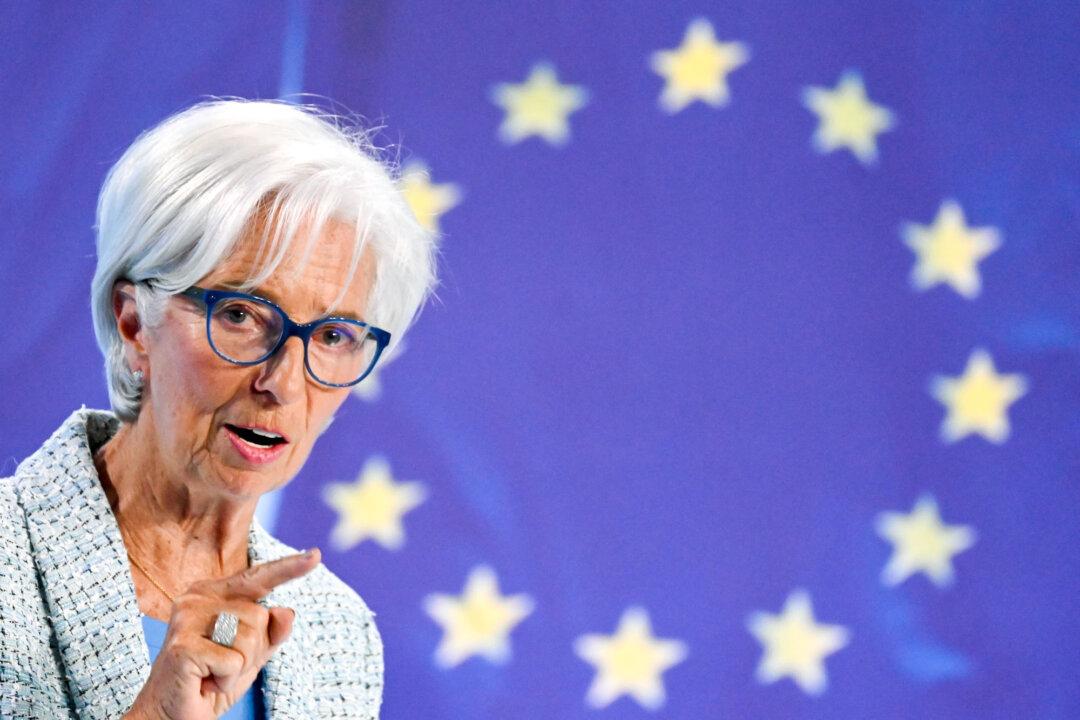Policymakers at the European Central Bank (ECB) have cut interest rates for the third time this year, signaling that inflation in the eurozone is sufficiently under control as attention turns to a deteriorating economic outlook for the region.
The ECB announced on Oct. 17 that it had delivered a 25 basis-point cut, lowering the deposit rate to 3.25 percent. The back-to-back rate reduction is the first that the eurozone’s central bank has made in 13 years, reflecting a strategic shift from fighting inflation to mitigating economic stagnation.





